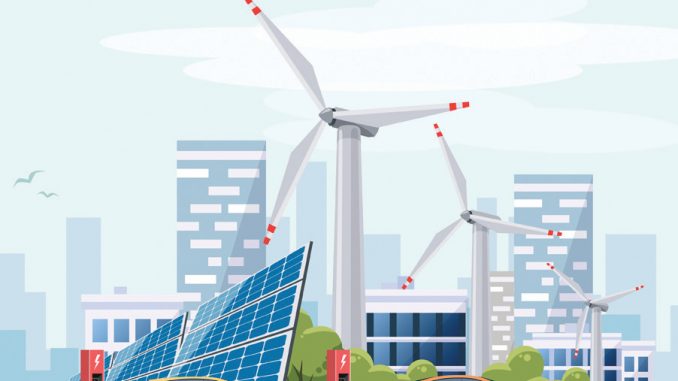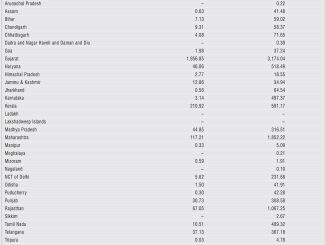
The increasing integration of renewable energy has raised several concerns in the power generation industry. This is because renewable energy is variable and intermittent in nature, and thus, needs backup options based on conventional power or large energy storage systems. In addition, the decreasing costs of renewable energy, decline in power demand, the evolving regulatory scenario and inadequate infrastructure pose major challenges for the power sector.
With digitalisation, power generating stations can be made more flexible, allowing them to switch from one resource to another as per the electricity demand, through advanced analytics. It can also help in improving plant efficiencies on a real-time basis, leading to enhanced equipment life and improved data visibility. Data storage and smart sensors can assist in project planning and plant operations to ensure cost-competitiveness. In this way, digitalisation can address the challenges of integrating renewable sources into the grid, improve power plant efficiency, lower operational expenses, reduce unplanned outages and extend the operational life of assets.
Evolution of digitalisation
In India, most substations are connected to the state grid or the national grid, from where generation data can be tracked. The distributed nature of renewable energy projects makes the data tracking process challenging as an integrated communications network for all renewable energy projects require a large capital investment. Hence, industry stakeholders are using the internet, a cost-effective digitalisation solution, in a variety of ways to integrate renewables into the grid with advanced forecasting and monitoring techniques. Self-detection and rectification of faults in an electrical network is the main objective of a smart grid.
Digitalisation is not a new concept in the sector as new technologies are constantly being adopted to find innovative solutions for improving system efficiency and optimising renewable energy portfolios based on advanced asset management. In fact, the sector has progressed tremendously in terms of digitalisation technologies, moving from computer-based systems to databases to communication networks and servers, and now finally to the internet of things (IoT), cloud-based platforms, advanced analytics, predictive data analytics, asset performance management software, smart sensors and intelligent forecasting solutions.
Technology application
The renewable energy sector relies on the latest technologies in grid operations such as control systems for power generation units, supervisory control and data acquisition and substation automation for optimising the existing assets and managing a variety of resources. These technologies have several applications in the sector. IoT, for instance, can help in the collection and analysis of data generated from a large number of small grid-connected rooftop solar plants in a city. This data can be used for forecasting and managing the power supply in the city to produce the generation and supply patterns. This in turn will lead to improved scheduling of rooftop solar power and ensure smooth grid operations. Digitalisation also makes a grid more intelligent, which helps in reducing the transmission and distribution losses, and predicting customer behaviour for optimised power supply. Apart from advanced forecasting and intelligent communication, these technologies drive innovation in the manufacturing industry and the design of site-specific products at cost-competitive prices. Microgrids, which are a combination of two or more resources such as solar, diesel generator and energy storage, can be programmed to work in both grid-connected and islanded mode depending on the power demand in the area.
The way forward
While ICT solutions provide many benefits to the sector and unlock a number of opportunities, they also pose various threats in terms of data privacy and security. Power utilities have become more susceptible to cybersecurity threats, putting their assets and the customers’ confidential information at risk. Going forward, utilities will need to be more cautious and manage the risks faced by physical assets and the enormous data volumes.
Based on presentations by Kiran Nair, Head, Technology and Digital Innovation, Mytrah Energy; and Vinay Gupta, Head, Data Analytics, Suzlon Energy
By Khushboo Goyal



